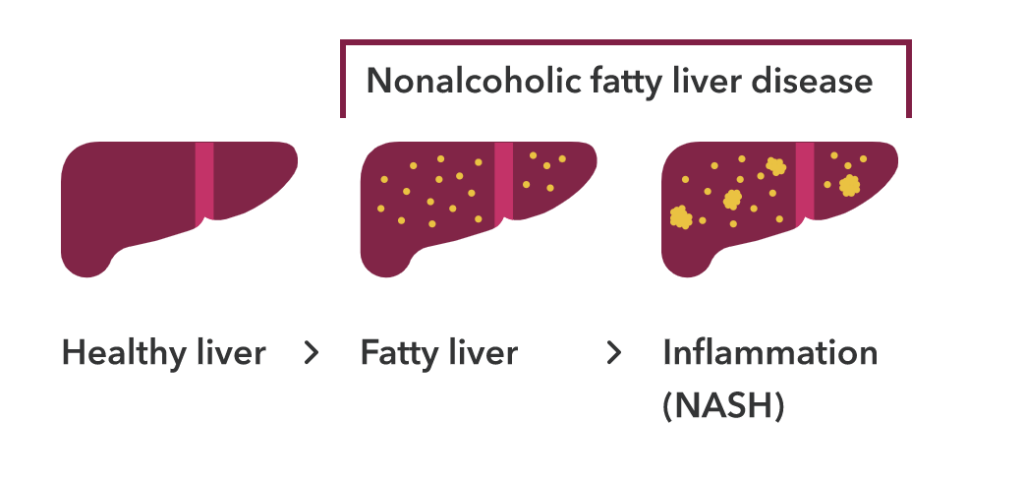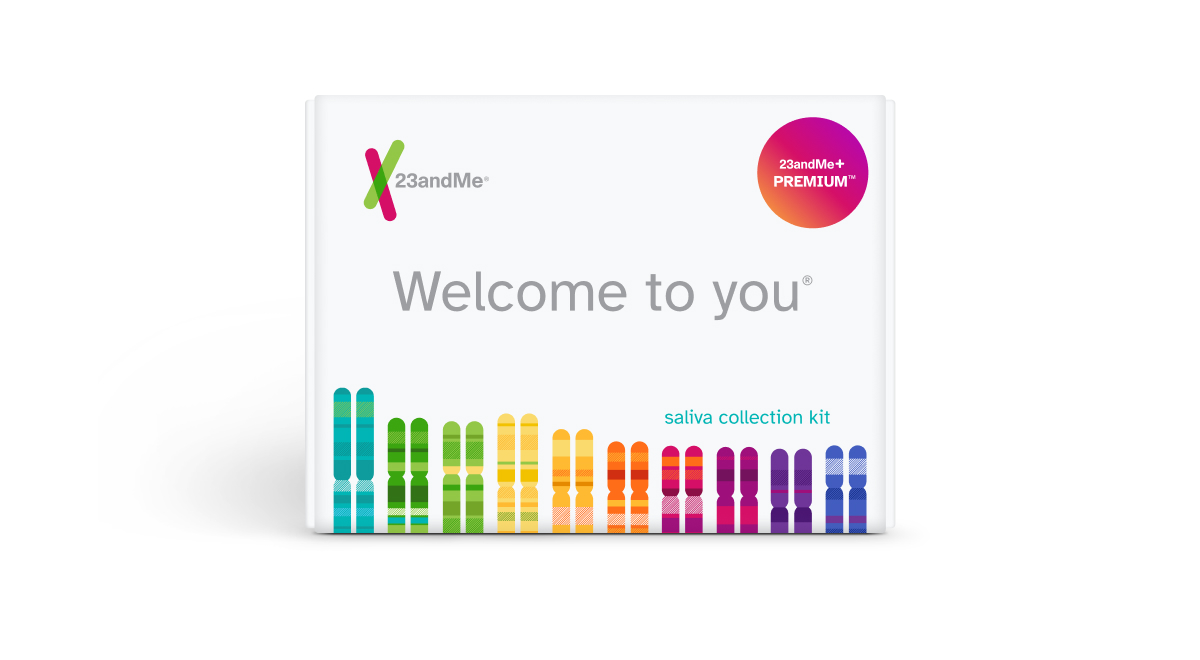Is Nonalcoholic Fatty Liver Disease Genetic?Explore Nonalcoholic Fatty Liver Disease and what your DNA can tell you
What is nonalcoholic fatty liver disease?
Nonalcoholic fatty liver disease, or NAFLD, is a condition characterized by the buildup of fat in the liver. For many people with NAFLD, this accumulation of fat does not cause serious liver damage. However, some people may have a more severe form of NAFLD called nonalcoholic steatohepatitis (NASH) where the buildup of fat results in inflammation and liver damage.

Is NAFLD genetic?
Genetics does play a role in NAFLD. Family history can also impact the chances of developing the condition, especially if a first-degree relative has NASH.
Find Out if Your Genetics Might Increase Your Likelihood for Developing Nonalcoholic Fatty Liver Disease.
Lifestyle matters
Besides genetics, lifestyle can also affect the chances of developing NAFLD. Experts agree that maintaining a healthy weight, eating a healthy diet, and exercising regularly can lower the chances of developing the condition. As the name suggests, nonalcoholic fatty liver disease is not caused by excessive alcohol consumption. However, alcohol can still cause fat buildup and damage in the liver, which is one reason it’s important for everyone to avoid excessive alcohol consumption. Consult with a healthcare professional before making any major lifestyle changes.
Did you know?
It’s estimated that 20–40% of adults in the U.S. have NAFLD. Certain health conditions like type 2 diabetes and high cholesterol can increase the chances of developing NAFLD. NAFLD is more common in people of Hispanic or Latin American descent
Find out if your genetics might increase your likelihood of developing Nonalcoholic Fatty Liver Disease
Want to learn more about how your genetics may play a role in NAFLD? 23andMe’s Nonalcoholic Fatty Liver Disease report (Powered by 23andMe Research) can tell you more about your likelihood to develop the condition. You can access this report through the 23andMe+ Premium membership. 23andMe+ Premium includes everything in our Health + Ancestry Service plus new premium reports and features throughout the year.

23andMe+ Premium
Please note:
- The Nonalcoholic Fatty Liver Disease report (Powered by 23andMe Research) does not diagnose NAFLD and should not be used to make medical decisions.
- The report was developed by 23andMe scientists using data and insights gathered from thousands of customers who consented to participate in our research. Reports based on 23andMe research provide an estimate of your likelihood of developing a condition based on your genetics and other factors. This report does not account for lifestyle or family history.
- The report does not account for every possible genetic variant that could affect your likelihood of developing NAFLD.
References